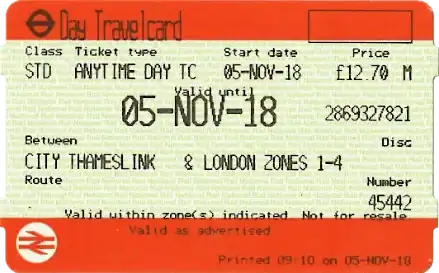Temple Church is a mysterious old place. The first time you see the knights’ effigies lying on the floor of the Round Tower you’ll come over all-Indiana Jones and want to smash up the flagstones to find the treasure beneath your feet. I’ve never seen The Da Vinci Code but I can understand why people come here hunting for clues – it’s that kind of place.
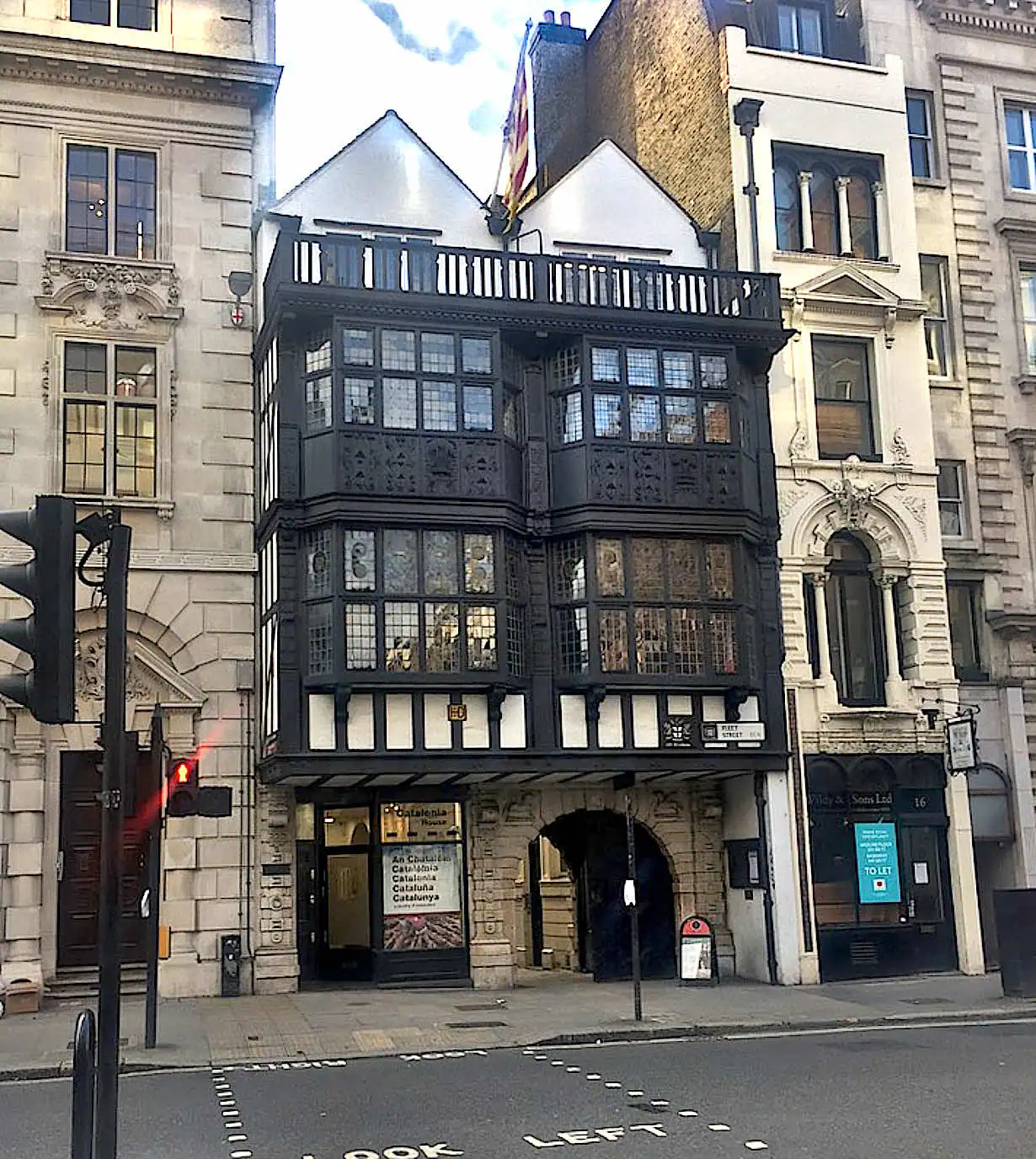 Photo: londondrum.com
Photo: londondrum.comYou might have a bit of trouble finding the front door because you can’t see it from the street – it’s through that arched wooden gateway underneath Prince Henry’s Room.
This Tudor survivor from the Great Fire of London looks like something straight out of Shakespeare and you’ll probably pause there for a few moments wondering whether you’re really allowed to enter (especially when you see that most of the people heading through are suited-up solicitors from the Royal Courts of Justice over the road). But when you get to the end of that atmospheric little alley you’ll see the Round Tower looming up behind a spindly little tree.
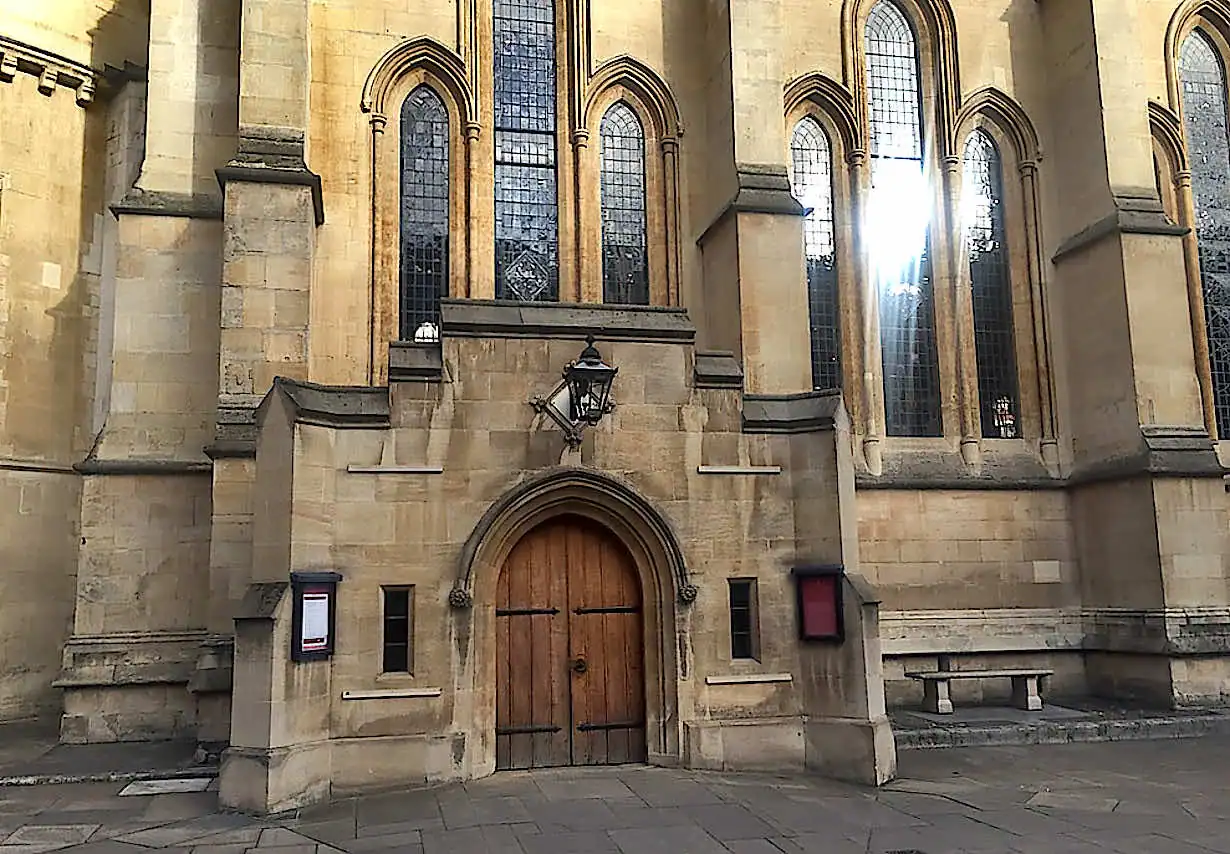 Photo: londondrum.com
Photo: londondrum.comRound Tower built by the Knights Templar
The Round Tower is the original Knights Templar part from 860 years ago, built around sixty years after the Crusaders first captured Jerusalem. The military monks made their money protecting all the pilgrims who were travelling to the Holy Land, but unfortunately once the Crusades came to an end their earnings dried up and the French king took advantage of their weakness to wipe out all his debt.
The Pope was then pressured into dissolving their order and Edward II took control of the church. Later on James I turned the whole area over to a couple of legal colleges… hence why there’s still a load of lawyers walking around here today.
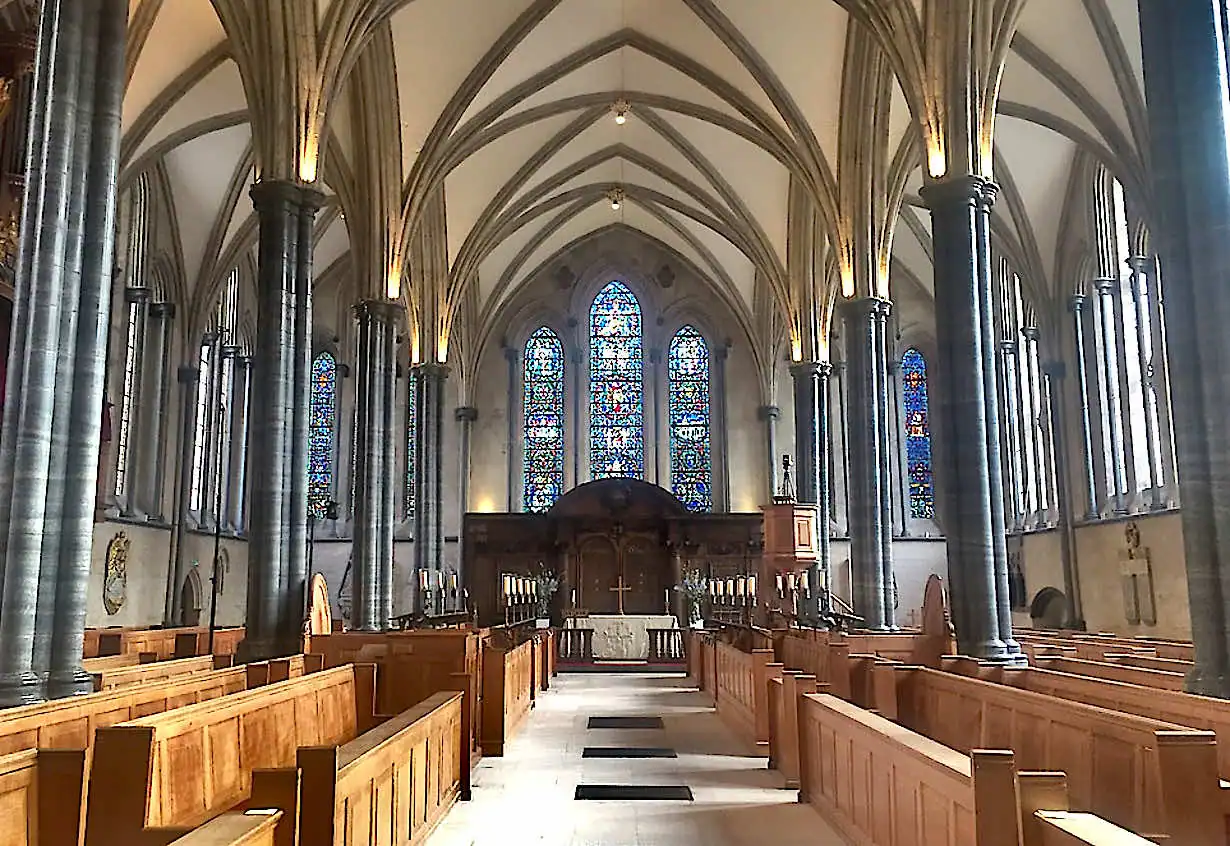 Photo: londondrum.com
Photo: londondrum.comIf you arrive when it opens then you might get lucky and have the whole place to yourself because churches are always better when they’re empty. You’re right in the heart of legal London here so there’s hardly any sound outside and the stained glass windows are some of the most brightly coloured scenes I’ve ever seen – you can pick out images of ancient kings and crusading knights and even Christopher Wren’s cathedral blazing in the Blitz.
Sometimes they’ll let you up into the balcony that runs around the inside rim of the Round Tower (they don’t always have the spiral staircase open, so cross your fingers). They’ve got some beautiful old floor tiles up there and a partial view down onto the floor but it’s probably worth doing just for the exercise (it knackered me out and it’s only two stories!). It will give you some practice for when you take on The Monument.
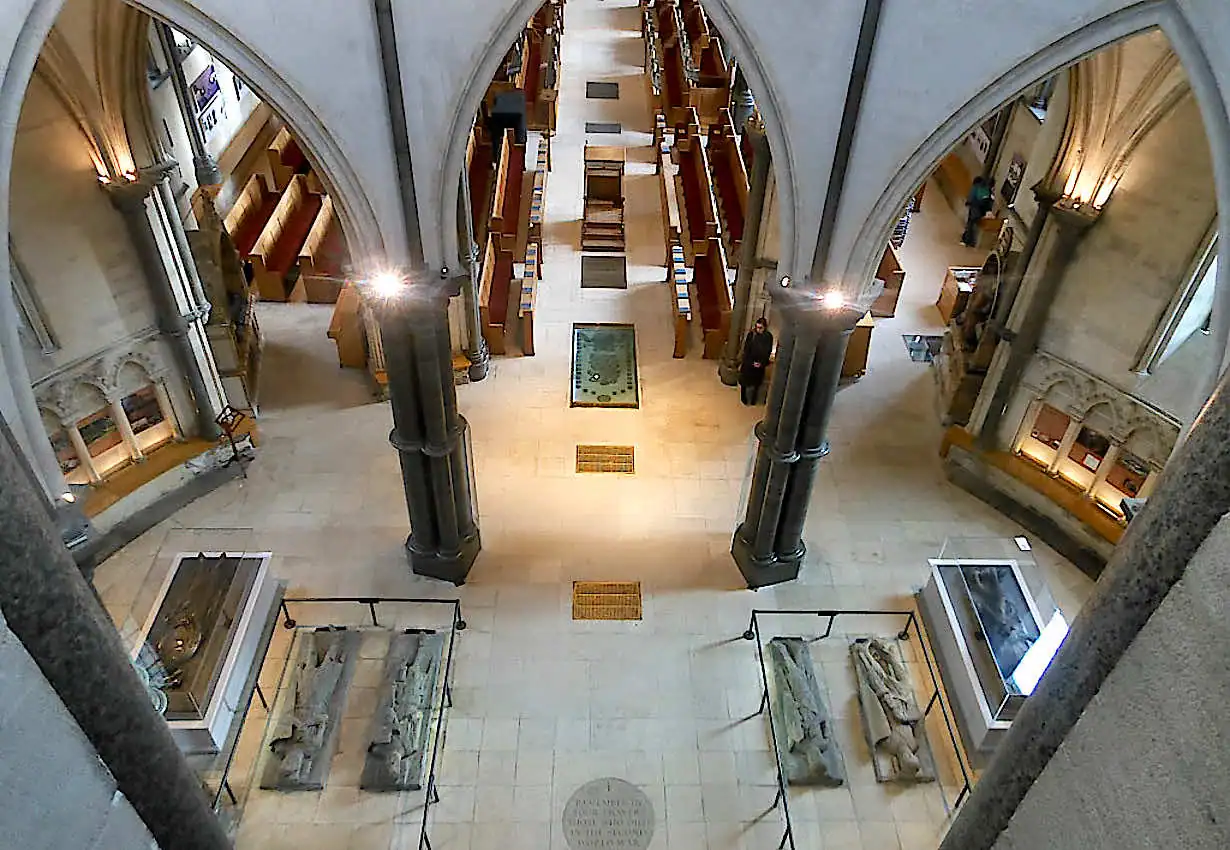 Photo: londondrum.com
Photo: londondrum.comStone effigies of the Knights Templar
But what makes this church so special are the battered bodies of those eight stone knights lying on the floor of the Round Tower. Some of their hands have been knocked off and a few of their feet have disappeared but their swords and shields and chainmail armour are still replete and looking remarkably well preserved given their incredible age.
Geoffrey de Mandeville & William Marshal
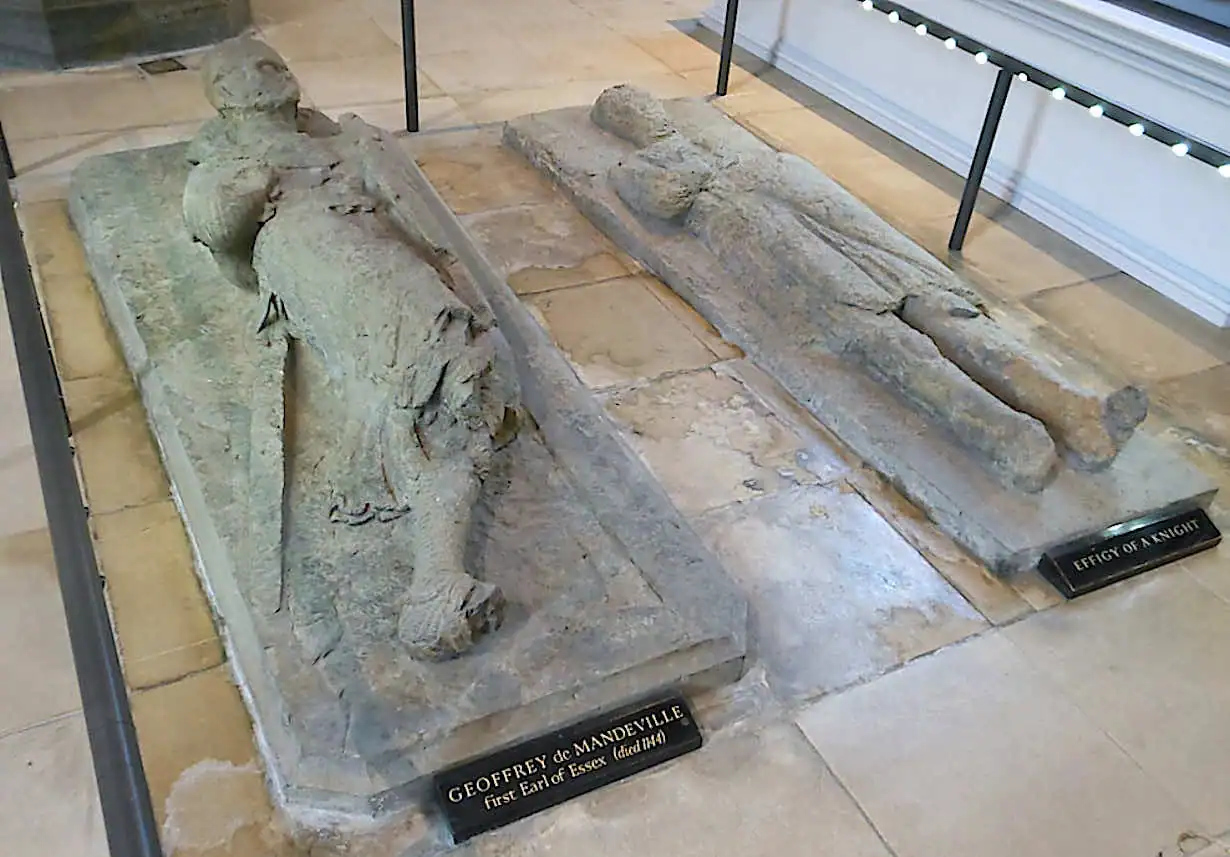 Photo: londondrum.com
Photo: londondrum.comThe first name that you might recognise is Geoffrey de Mandeville – one of the big barons during the reign of King Stephen. When Stephen was defeated in early 1141 Geoffrey switched his allegiance to Stephen’s great rival Matilda, only to switch it back again when he saw which way the wind was blowing.
Unfortunately Stephen didn’t buy his oath of loyalty and promptly confiscated two of his castles. Geoffrey then rebelled and got buried in here.
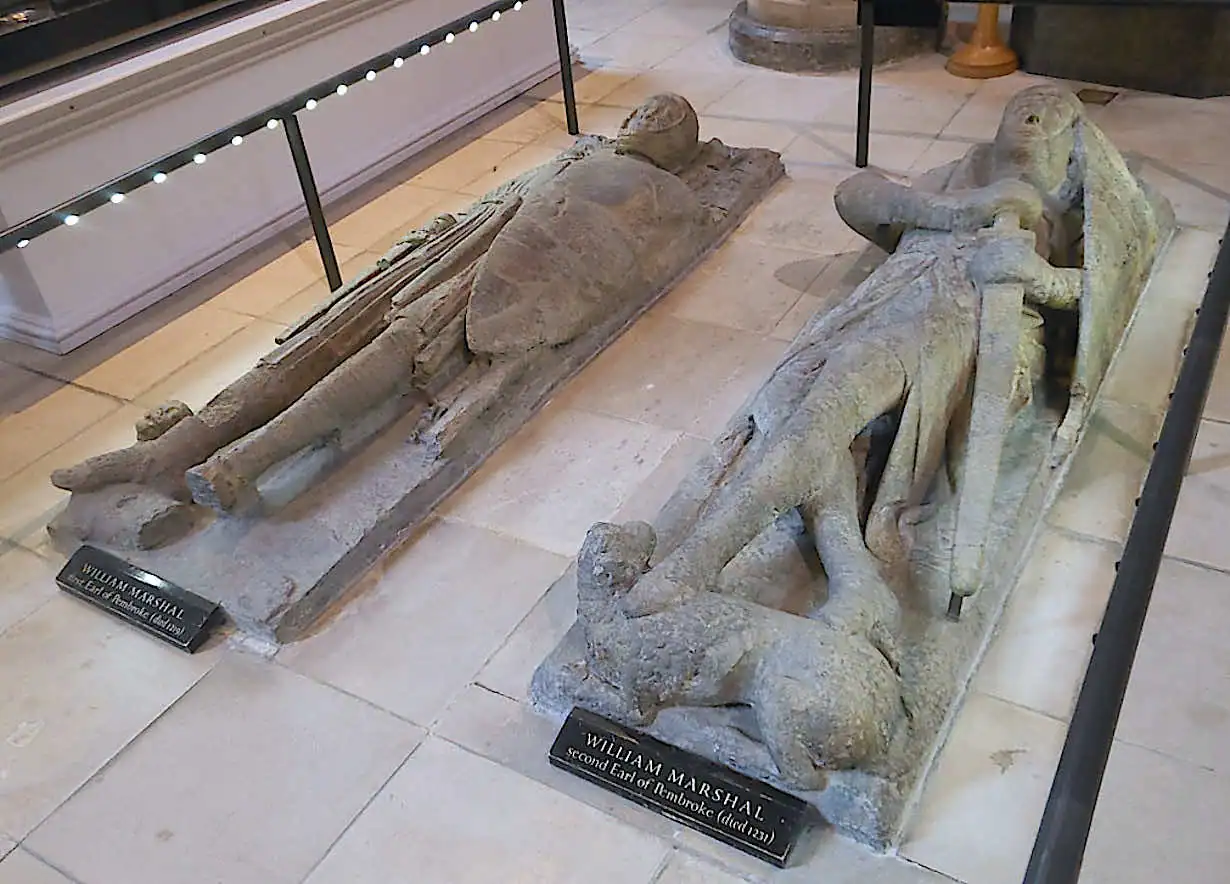 Photo: londondrum.com
Photo: londondrum.comThe most famous name is William Marshal who acted as Regent for Richard the Lionheart while he was away on Crusade. He also served as one of the negotiators between the big barons and King John before he was forced into signing the Magna Carta.
It would be fantastic if their bones were still buried beneath but, alas, this church’s interior has been remodelled so many times over the centuries that nobody knows for sure where they are. The Victorians shifted all the effigies around for decorative reasons and their actual bodies could be anywhere in the grounds of the Round Tower.
I also recommend… If you enjoy this then try Charterhouse (walk it in 16 mins or catch a tube from Temple to Barbican) and St. John’s Gate (walk it in 14 mins or travel from Temple to Farringdon via tube). If you want to visit some more beautiful old churches then try St. Bartholomew-the-Great and Brompton Oratory
How to get to Temple Church
| Fare zone | Cash | Oyster & Contactless | Travelcard | ||||
|---|---|---|---|---|---|---|---|
| Single fare | Single fare | Daily cap | One day | ||||
| Peak | Off-peak | Peak | Off-peak | Anytime | Off-peak | ||
| Bus (all zones) | n/a | £1.75 | £5.25 | £6 | |||
| Train (zone 1) | £7 | £2.90 | £2.80 | £8.90 | £8.90 | £16.60(zone 1-4) | £16.60(zone 1-6) |
| Train (zone 1-2) | £7 | £3.50 | £2.90 | £8.90 | £8.90 | ||
| Train (zone 1-3) | £7 | £3.80 | £3.10 | £10.50 | £10.50 | ||
| Train (zone 1-4) | £7 | £4.60 | £3.40 | £12.80 | £12.80 | ||
| Train (zone 1-5) | £7 | £5.20 | £3.60 | £15.30 | £15.30 | £23.60(zone 1-6) | |
| Train (zone 1-6) | £7 | £5.80* | £3.80* | £16.30 | £16.30 | ||
| * Journeys between zone 1 and Heathrow are always charged at the peak rate. Prices are correct as of | |||||||
Related articles and events
Search for religious events in London, religious events today, tomorrow, this weekend and during April and May, or see what’s on in The City
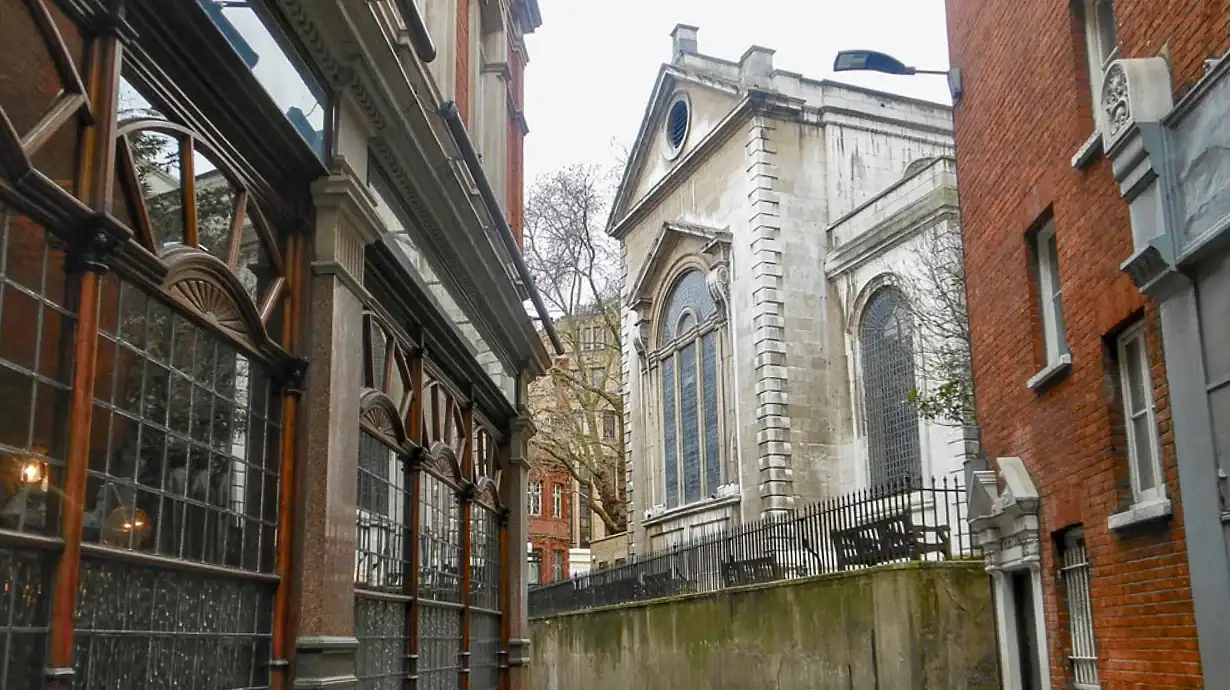
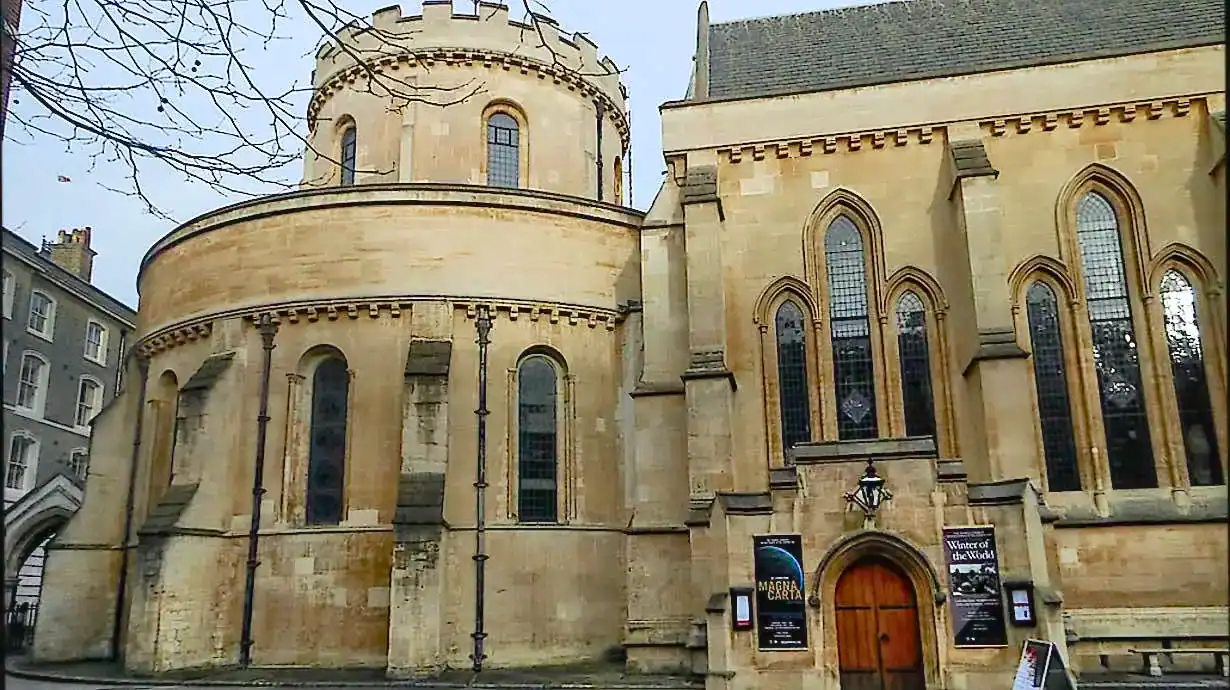
 Twitter
Twitter Facebook
Facebook Bluesky
Bluesky WhatsApp
WhatsApp Email
Email


